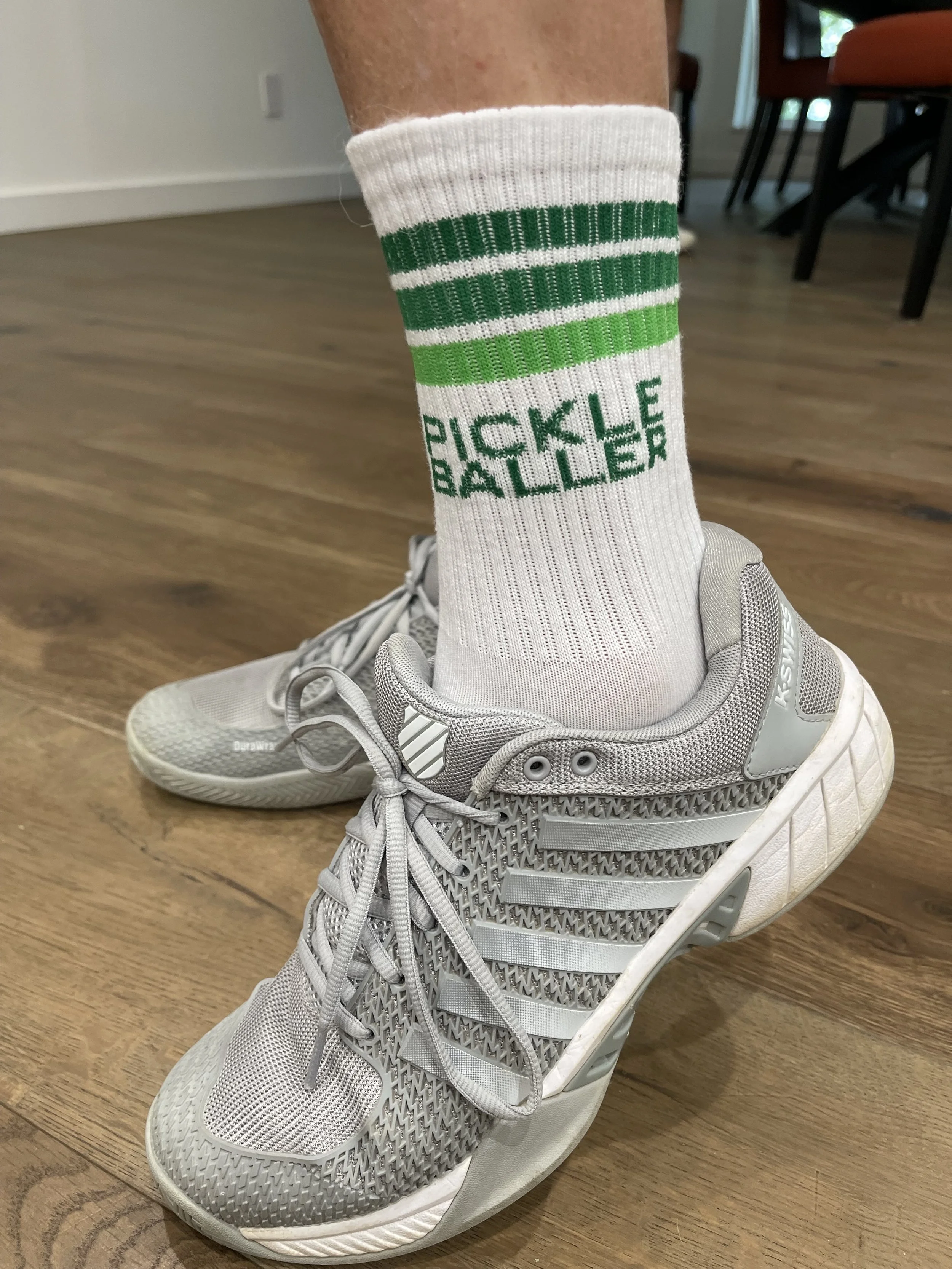
“So what do you do?”
My most common question from a stranger in an elevator.
I help cultivate strong leaders.
Strong leaders create fewer fractures. When I started working on this topic many years ago, I found that the fewer fractures, the stronger the leader. This is also true for individuals, teams, and companies. Anyone can strengthen the connections that we find in every workplace.
I started using this example below when discussing connections to yourself, others, and the organization.
“Imagine an invisible thread of electrical impulses that runs within yourself and connects you to others. Some of these electrical threads strengthen you or your connection to others. Some of these threads fracture these connections. Your behaviors will cause the threads that tie to your authentic self to strengthen or fracture the connections. This is this spirit that creates strong leaders and employees at work.”
My three-part model helps strengthen these invisible connections through the actions you think and take.
Here’s a brief description of the three parts. If you want to learn more, take a look at the course that you can click on below.
Have Actionable Behaviors That Set Up the Framework for How You and Other Individuals Will Interact
These are words that define how you want the team to connect. They are adjectives that describe how to talk with each other and how to handle difficult situations. The measure of success in this element is how well you or your team members use these behaviors to handle difficult situations.
Make Your Words and Actions Match Throughout the Day
Aligning words with actions helps to build trust and authenticity. People who value making their actions match their words bring cohesion to a team. An individual or even a team who says they choose to interact with each other in a friendly or helpful manner can create cohesion or fractures by how they choose to respond. Problems will always arise in the workday. The intersection for connectivity depends on how each individual chooses to respond.
Don’t Judge Others or Yourself as Good or Bad/Wrong or Right.
Connectivity is related to a sense of self. When people feel they are doing a bad job, they tend not to integrate into a system and may lose a sense of value to the team. If an individual feels bad or wrong when they make a mistake, they will feel devalued. In this system, some individuals are good, and some are bad. Other individuals are right, and some are wrong. This up-and-down motion of value creates instability within the team. Judging the value of individuals pulls people backward—looking for people to blame. Groups that recognize the inherent value of all team members find a greater sense of stability. They can move forward, trying to find a solution and fix the problem.
These three behaviors work together as a connectivity system for you or your team. Integrating these behaviors into your workday creates greater cohesion in how you do business. It also builds trust. As with any system, these parts are complex and might require some practice; however, they can be handy tools in your interpersonal toolbox to help bring your team together in connectivity.

“my brain doesn’t work that way. it’s not either or.”
A conversation with me and my daughters.
I see in shades of grey… and blue…
Our society seems to be turning more toward binary thinking, where there are only two answers to any question. We often see this in conversations where someone says, “You are either for me or against me.” One behavior in my model is don’t judge people or events as good or bad or wrong or right. I make no bones about my belief that there are shades of grey that allow us to better use our critical thinking skills.

“YOU’RE QUITE THE RENaissance WOMAN.”
A text from a colleague.
One of my biggest challenges is my interest in many different activities. Sometimes it is difficult to narrow the topics down. If I am not working on an article or presenting at an event, you might find me writing and collaborating on songs, planting herbs in the garden, or taking photos on my journeys. There is always an opportunity to learn something new or try a new event. This helps me better understand the world around me and how we connect. Part of the word spirit comes from the root word inspired. We can all use a little inspiration from the things around us.

“War Eagle!”
A rally cry from students on Toomers Corner
me and my favorite things
I have an amazing family! (both by relation and friendship)
My husband and I love to travel and go to Colorado and Grayton Beach whenever we can get away.
I start many mornings with an organic cappuccino, unsweetened almond milk, and a tiny bit of thyme from the garden.
I’ve written over 100 songs and recorded a few as a hobby.
I played pickleball before it was cool.
My doctorate is in Spirituality, Sustainability, and Inter-Religious Dialogue. If the root of spirit is breath then with every breath you take you get to decide who you are going to become.





